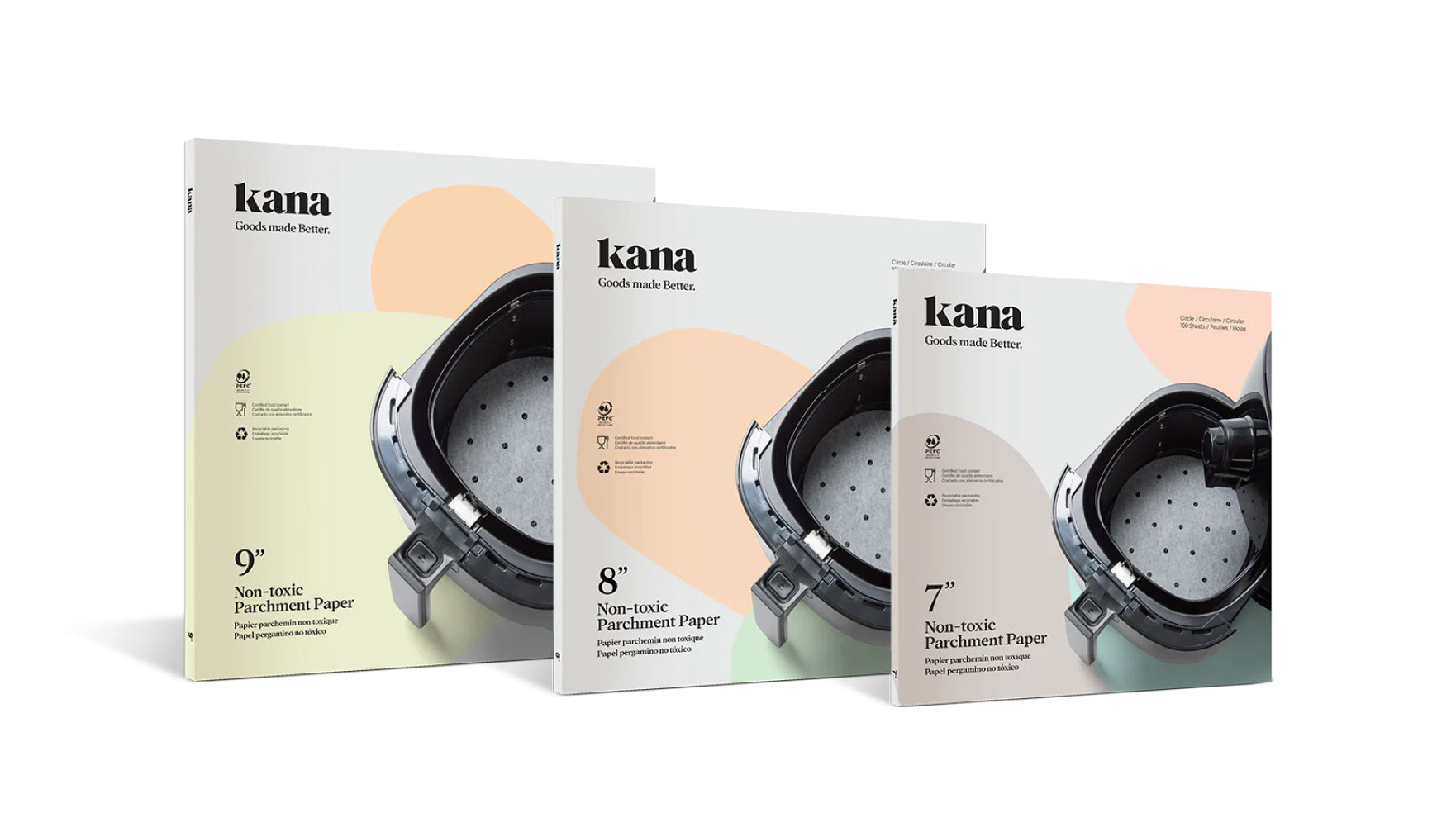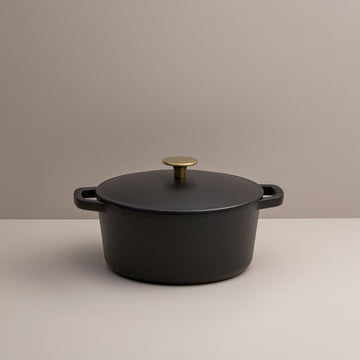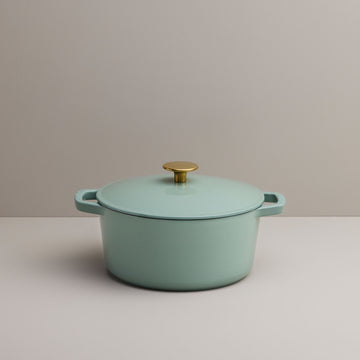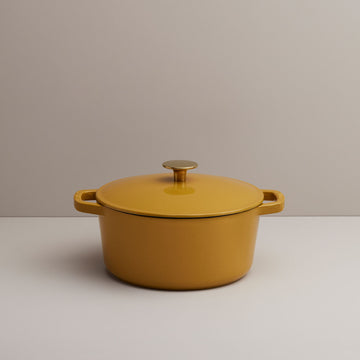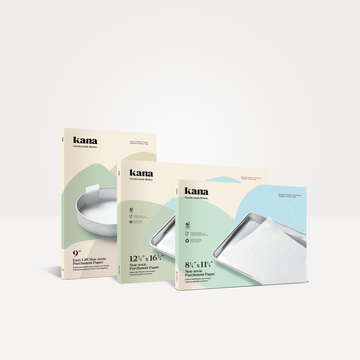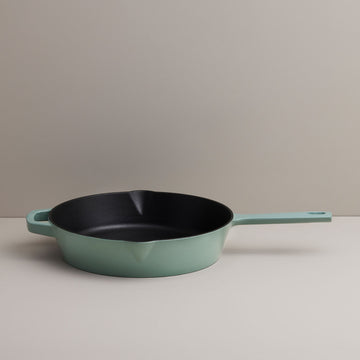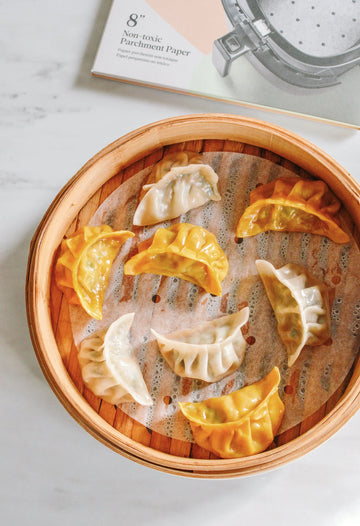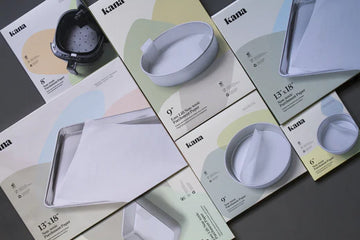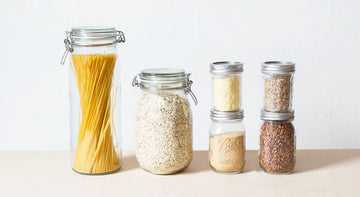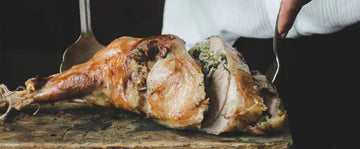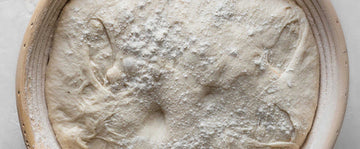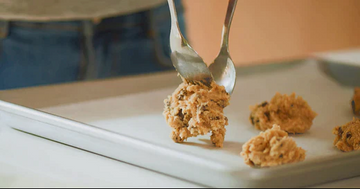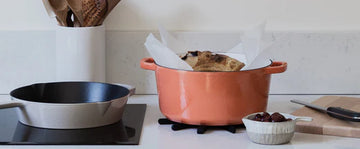
How to use bamboo steamer baskets
Cooking with bamboo steamer baskets is an excellent way to create healthy, delicious dishes. Here, we explore how to cook with a bamboo steamer, and how to take care of your bamboo steamer baskets.
Bamboo steamer baskets are an extremely useful kitchen tool with a history going back thousands of years. With roots in traditional Chinese cuisine, cooking with a bamboo steamer is an efficient, easy, and healthy way to prepare all sorts of foods including dumplings, tamales, fish, rice, vegetables and even desserts. Here, we explain what a bamboo steamer is, why you would want to use one, how to cook with bamboo steamer baskets and how to care for them.
What is a bamboo steamer?
Each bamboo steamer basket is made from a thick strip of bamboo that has been shaped into a ring. The base is made of narrow bamboo strips, to support food and allow steam to travel into the basket, which is then trapped with a lid made from woven bamboo. Bamboo steamer baskets are designed to sit over the top of a wok or pot of boiling water capture the steam as its released. The trapped steam has a temperature around 100°C (121°F) which surrounds the food inside the steamer, gently cooking it in the process. The design of traditional bamboo steamer baskets also enables them to be stacked, allowing for several batches of food to be cooked at once.
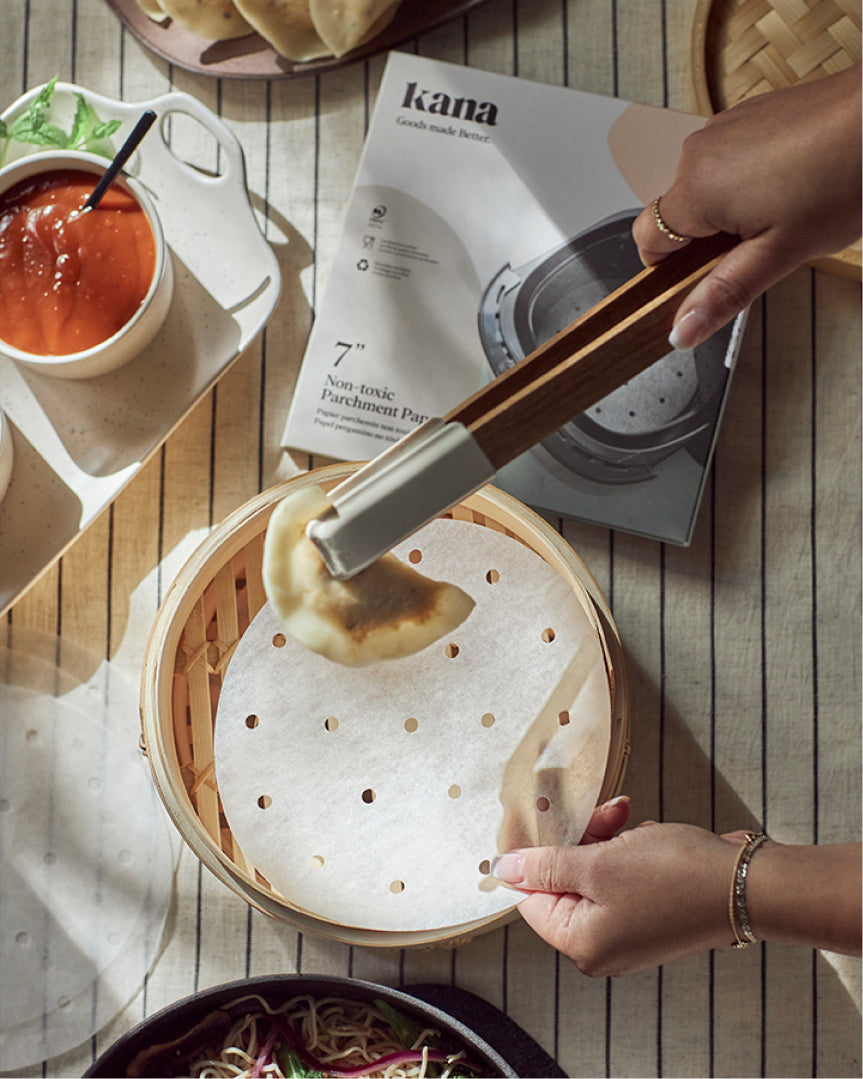

Why should I cook with bamboo steamer baskets?
Bamboo steamer baskets are the perfect tool to steam food and steaming food is one of the best ways to cook if you’re concerned about making the most of the natural goodness in your ingredients. Steaming preserves the natural nutrient density of the food as it cooks, which isn’t just good for you, it’s also great for flavor. This is unlike boiling, for example, which draws nutrients into the cooking water which is ultimately discarded.
Steaming is also an effective way to cut back on the amount of oil used in cooking. Unlike frying and baking, steaming food requires no additional oil to help the cooking process along. Because it’s so gentle, steaming is also a great way to cook leaner meats like fish and chicken that tend to toughen up as they cook - perfect for cooking healthy, nutrient-rich dishes.
Delicate food items like Chinese dumplings are also ideal for cooking in your steamer basket. Learn how to fold your own Chinese dumplings and follow the steps below to create this delicious dish at home.
Finally, bamboo is one of the most eco-friendly materials you can use in your kitchen. Bamboo, technically a species of grass, is one of the fastest growing plants in the world. A well-cared for set of bamboo steamer baskets will last many years, and at the end of its life is 100% biodegradable and easily recyclable.
Steaming is also an effective way to cut back on the amount of oil used in cooking. Unlike frying and baking, steaming food requires no additional oil to help the cooking process along. Because it’s so gentle, steaming is also a great way to cook leaner meats like fish and chicken that tend to toughen up as they cook - perfect for cooking healthy, nutrient-rich dishes.
Delicate food items like Chinese dumplings are also ideal for cooking in your steamer basket. Learn how to fold your own Chinese dumplings and follow the steps below to create this delicious dish at home.
Finally, bamboo is one of the most eco-friendly materials you can use in your kitchen. Bamboo, technically a species of grass, is one of the fastest growing plants in the world. A well-cared for set of bamboo steamer baskets will last many years, and at the end of its life is 100% biodegradable and easily recyclable.
How to use bamboo steamer baskets
-
1Fill a wok or pot with a few inches of water and bring it to the boil.
-
2While the water comes to the boil, line your steamer basket with a perforated parchment paper liner to prevent food from sticking to the bamboo.
-
3Fill steamer baskets with food, allowing a little space between each item for steam to circulate.
-
4Stack steamer baskets and top with a lid.
-
5Place the stack of steamer baskets over the wok or pot of boiling water, and allow the steam to circulate. The bottom edge of the steamer’s rim can touch the water, but be careful to not let the boiling water come in contact with the food.
-
6Check the boiling water regularly and top it up if it starts to run low.
How to clean bamboo steamer baskets
Bamboo is a naturally porous material that has a tendency to absorb moisture. For this reason, it is important to wash your bamboo steamer baskets as soon as you can after cooking to prevent them taking on odors and flavors of the food cooked within.
It’s best to not use a dishwashing detergent when washing your steamer baskets because the bamboo can absorb the strong scent of cleaner, which can be a nasty surprise the next time you want to cook. Using parchment paper liners in your bamboo steamer baskets makes clean up a lot easier. Removing the liner and then washing the bamboo steamer under hot water with a gentle cloth is usually all the cleaning they’ll need.
It’s important to allow your bamboo steamer baskets to dry completely before storing. Putting them in a dark environment while still moist can encourage mold to grow. Storing bamboo steamer baskets in the open is ideal, where they can stay in top condition and also benefit your home decor.
If you do end up with cooked-on food in your bamboo steamer baskets, it’s important to remove it gently to prevent damaging the bamboo. Do not wash your bamboo steamer baskets in the dishwasher, or use metal scourers, brushes or other abrasive cleaning tools. Instead, gently work at the food with a nylon scourer, Swedish dishcloth or a sponge until it’s removed.
If you have noticed that your bamboo steamer baskets have taken on a scent from cooking, there are a few ways you can neutralize the unwelcome odors.
It’s best to not use a dishwashing detergent when washing your steamer baskets because the bamboo can absorb the strong scent of cleaner, which can be a nasty surprise the next time you want to cook. Using parchment paper liners in your bamboo steamer baskets makes clean up a lot easier. Removing the liner and then washing the bamboo steamer under hot water with a gentle cloth is usually all the cleaning they’ll need.
It’s important to allow your bamboo steamer baskets to dry completely before storing. Putting them in a dark environment while still moist can encourage mold to grow. Storing bamboo steamer baskets in the open is ideal, where they can stay in top condition and also benefit your home decor.
If you do end up with cooked-on food in your bamboo steamer baskets, it’s important to remove it gently to prevent damaging the bamboo. Do not wash your bamboo steamer baskets in the dishwasher, or use metal scourers, brushes or other abrasive cleaning tools. Instead, gently work at the food with a nylon scourer, Swedish dishcloth or a sponge until it’s removed.
If you have noticed that your bamboo steamer baskets have taken on a scent from cooking, there are a few ways you can neutralize the unwelcome odors.
Lemon
Slice a lemon into wedges and wipe the wedge over the entire surface of your bamboo steamer baskets. Afterward, steam them empty for about five minutes, rinse under hot water and allow them to dry. This method also works with white vinegar.
Baking soda
Baking soda is very effective at drawing out moisture, and the odors that they carry. Liberally dust your bamboo steamer baskets with baking soda and allow the baskets to sit for a few hours. Rinse the baking soda off the bamboo baskets with hot water and leave them to dry thoroughly.

Can I use a metal steamer instead?
For the most part, you can use a metal steamer basket in the same way and for many of the same purposes as a bamboo steamer. An important difference, however, is that metal is a much more efficient conductor of heat than bamboo. This means that any food that is in direct contact with the metal may cook faster than the rest of the food, increasing the chances of it sticking or burning.
Bamboo steamer basket tips:
> Cooking times will vary depending on what you’re cooking, and how many layers you're cooking with. Check the food occasionally to check for doneness, but not too often - you don’t want too much of the hot steam to escape.
> If layering two or three steamer baskets over the one pot of water, keep in mind that as the steam rises it will also cool slightly. Place steamer baskets with larger pieces of food, or with food that needs longer to cook, closest to the water so they can benefit from the higher temperatures lower down.
> If you like, you can immerse your bamboo baskets in warm water for 15 minutes before cooking. This can help prevent the baskets from burning if they come in contact with the hot sides of the wok or pan.
> Be mindful of which food you place at the top of the layers. As they cook, flavours, colours and even pieces of food might tumble to the lower layers of your bamboo stack. Don’t put anything up high that you don’t want showing up in your other dishes.
> In order to be safe to eat, the internal temperature of cooked chicken need to reach 75°C (165°F). It’s a good idea to use a meat thermometer to be sure chicken cooked in a steamer has reached a safe temperature.
> Enhance the flavor of your dishes by adding herbs to the water in your pot or wok. Using the trimmings from ginger, coriander stems, or roughly chopped scallions will not only make your kitchen smell amazing, your food will have an extra touch of deliciousness and you’ll make extra use of otherwise wasteful kitchen scraps.
> Perforated parchment paper liners are the best for helping prevent your food from sticking to the steamer basket. The evenly-placed holes still allow the steam to circulate freely, and the same parchment paper liner can be used several times over before needing to be replaced.
> If layering two or three steamer baskets over the one pot of water, keep in mind that as the steam rises it will also cool slightly. Place steamer baskets with larger pieces of food, or with food that needs longer to cook, closest to the water so they can benefit from the higher temperatures lower down.
> If you like, you can immerse your bamboo baskets in warm water for 15 minutes before cooking. This can help prevent the baskets from burning if they come in contact with the hot sides of the wok or pan.
> Be mindful of which food you place at the top of the layers. As they cook, flavours, colours and even pieces of food might tumble to the lower layers of your bamboo stack. Don’t put anything up high that you don’t want showing up in your other dishes.
> In order to be safe to eat, the internal temperature of cooked chicken need to reach 75°C (165°F). It’s a good idea to use a meat thermometer to be sure chicken cooked in a steamer has reached a safe temperature.
> Enhance the flavor of your dishes by adding herbs to the water in your pot or wok. Using the trimmings from ginger, coriander stems, or roughly chopped scallions will not only make your kitchen smell amazing, your food will have an extra touch of deliciousness and you’ll make extra use of otherwise wasteful kitchen scraps.
> Perforated parchment paper liners are the best for helping prevent your food from sticking to the steamer basket. The evenly-placed holes still allow the steam to circulate freely, and the same parchment paper liner can be used several times over before needing to be replaced.
Make something delicious
SHARE
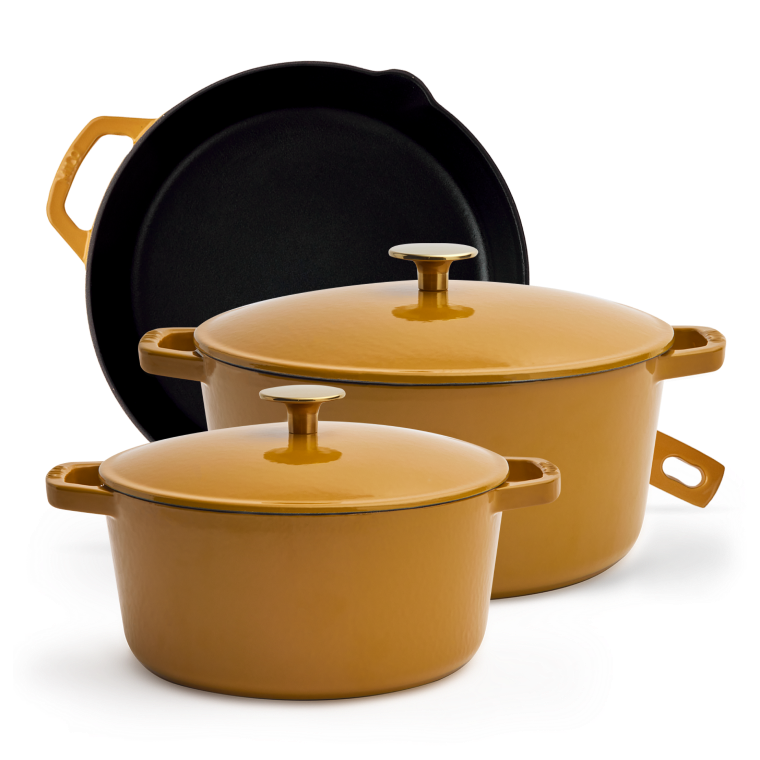
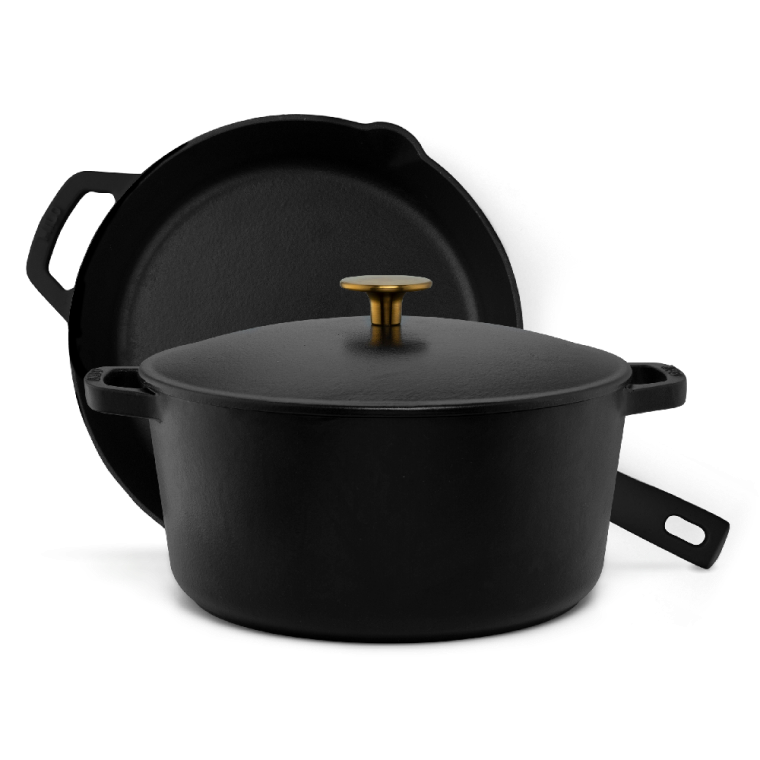

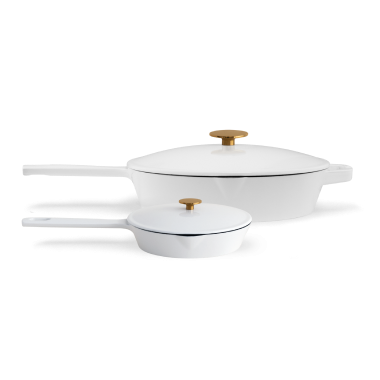


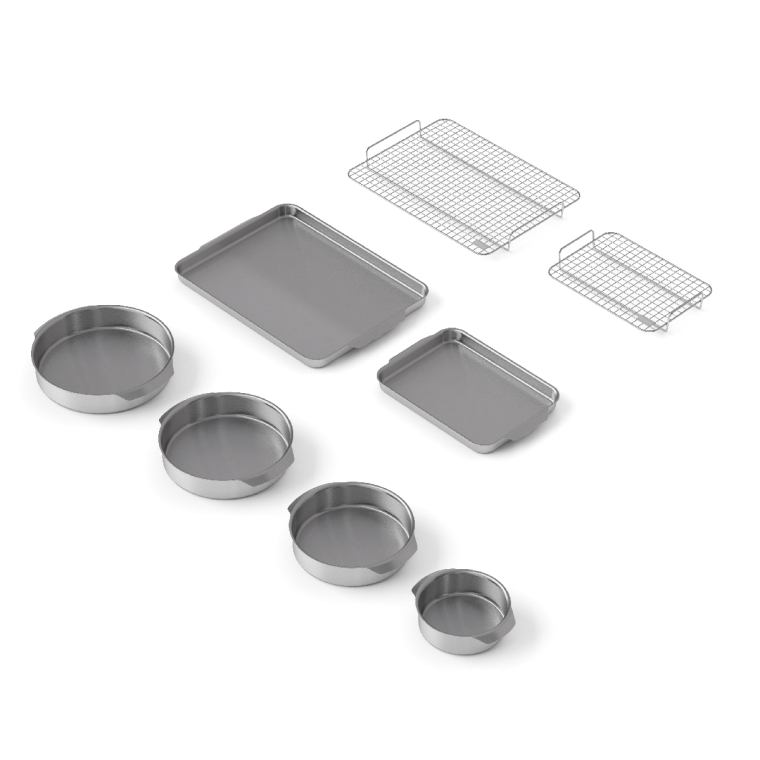
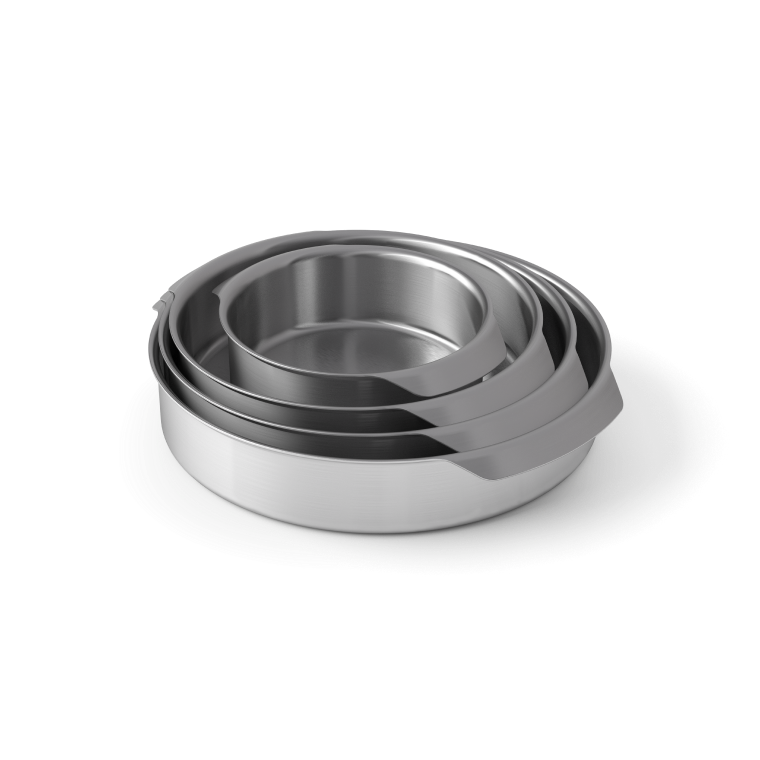


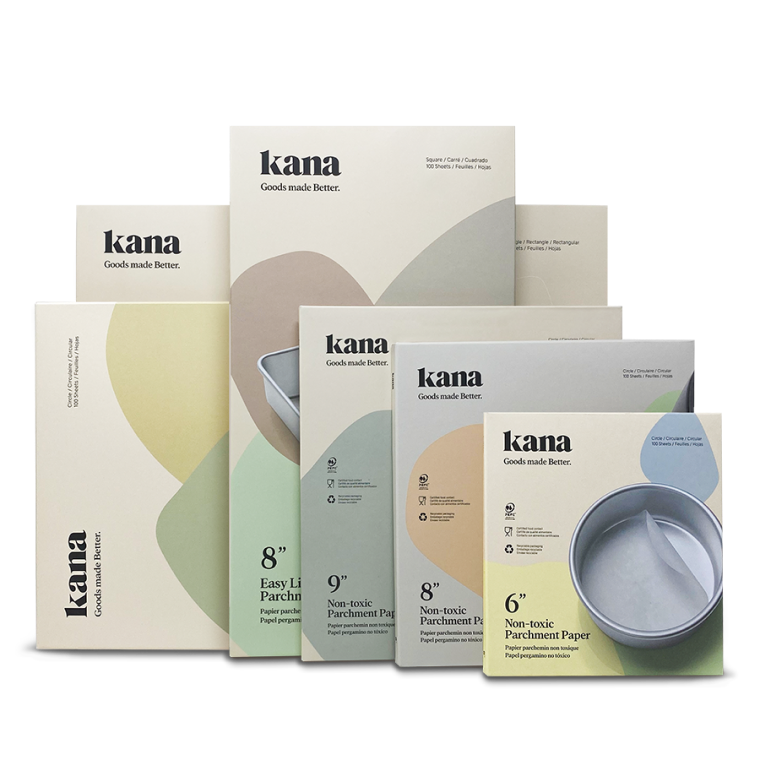







 Parchment Paper
Parchment Paper
